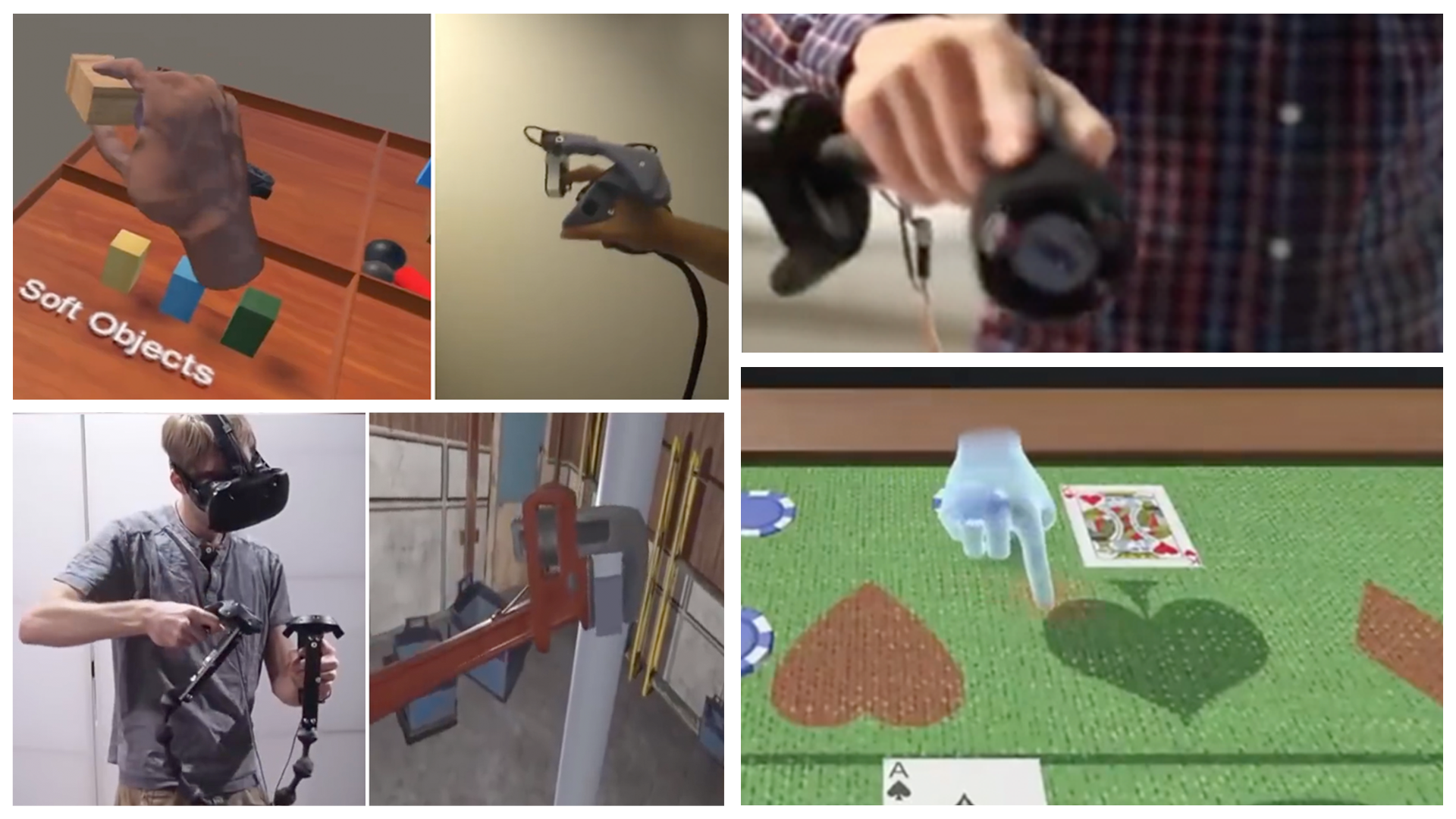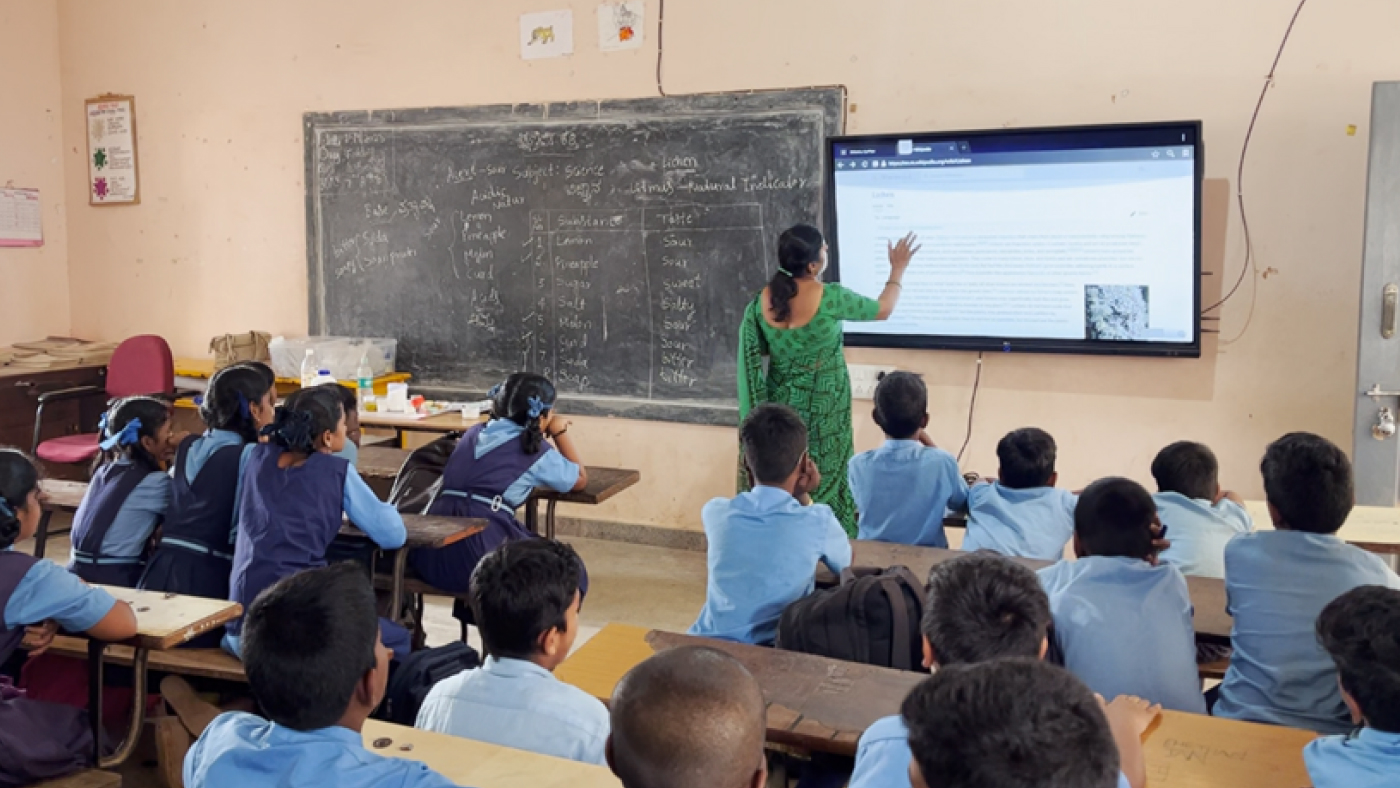
Teachers are the backbone of any educational system. They are not just educators; they are indispensable navigators, mentors, and leaders. Teachers around the world face many challenges, which vary from country to country or even within a city or town. But some challenges are universal, including time management, classroom organization, and creating effective lesson plans.
Advances in AI present new opportunities to enhance teachers’ abilities and empower students to learn more effectively. That’s the goal of a new project from Microsoft Research, which uses generative AI to help teachers quickly develop personalized learning experiences, design assignments, create hands-on activities, and more, while giving them back hours of time that they spend on daily planning today.
Shiksha copilot is a research project which is an interdisciplinary collaboration between Microsoft Research India and teams across Microsoft. Shiksha (Sanskrit: शिक्षा, IAST and ISO: śikṣā) is a Sanskrit word, which means “instruction, lesson, learning, study of skill”. The project aims to improve learning outcomes and empower teachers to create comprehensive, age-appropriate lesson plans combining the best available online resources, including textbooks, videos, classroom activities, and student assessment tools. To help curate these resources, the project team built a copilot—an AI-powered digital assistant—centered around teachers’ specific needs, which were identified right at the start through multiple interviews and workshops.
Working with Sikshana Foundation (opens in new tab), a local non-governmental organization focused on improving public education, the researchers are piloting this program at several public schools in and around Bengaluru, India, to build and improve the underlying tools. This post gives an overview of the project, including interviews with three teachers who have used Shiksha copilot in their own classrooms.
Spotlight: Microsoft research newsletter
A road map for teachers
A lesson plan is like a road map charting what students need to learn and how to efficiently cover the material during class time. It includes three key components:
- Objectives for student learning, based on grade level and subject
- Teaching and learning tactics, including tutorials and activities to help students understand the topic
- Strategies to assess student understanding, both in class and through homework
Parimala H V teaches science in grades 6-8 at Government Higher Primary School, Santhe Beedhi in Bengaluru. She teaches in the local language, Kannada, and in English. For each class she teaches, she spends an hour or more each day scanning textbooks and printed materials to put together an effective lesson plan. She also searches the internet for ideas, but sifting through the growing body of online content could take just as long. Often she would work till midnight planning the next day’s activities, which left her feeling tired and stressed.
“Lesson planning can be a struggle, but it’s very important,” Parimala said. “If the planning goes well, everything goes well.”
With Shiksha copilot, Parimala was able to develop a complete lesson plan in 60 to 90 seconds, instead of 60 to 90 minutes. The simple interface asks basic questions about the curriculum, language of delivery, grade level, and subject. It then compiles engaging learning materials to achieve the teacher’s classroom objectives. Parimala finds better ideas and hands-on activities using Shiksha copilot than through other online tools. She feels well rested and better prepared for her day, which also makes her happier in the classroom. And with the time she saves, she can focus more on coaching her students and improving her teaching practices.
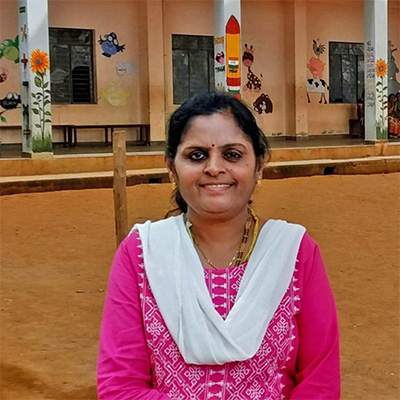
“I was thrilled to have the opportunity to use Shiksha copilot,” Parimala said. “It could be very useful for new teachers just learning their profession. I think it could revolutionize the way teachers teach.”
Parimala H.V., Teacher, Government Higher Primary School, Santhee Beedhi
At Parimala’s school and others in the Bengaluru area, teachers face some significant challenges. Classrooms can have up to 70 students of varying abilities. Teachers often need to prepare lessons and give instruction in both English and Kannada. As the Covid pandemic brought about remote learning on a large scale, technology began to rapidly change how teachers and students interact. Most students now have computers or smartphones, expanding teachers’ options. But it also makes it harder to keep students focused on a traditional classroom blackboard.
“These children are addicted to their mobile phones and social media. If I use the ‘chalk and talk’ method in class, they may get bored,” said Gireesh K S, who relies heavily on his blackboard to teach math and physics at Government High School, Jalige. Gireesh has used web search tools to find digital resources like interactive PowerPoint slides that will hold his students’ attention longer. With Shiksha copilot, he can zero in more quickly on videos or classroom activities that help him connect better with all 40+ students in his class.
“Here lies the teacher’s job. The teacher has to select whichever activity, whichever video, or whichever questions to use,” Gireesh said. “There are so many questions and videos (to choose from), but as a teacher for my class, I know my students. So, I have to select the suitable ones.”
Other learning platforms were less flexible and less dynamic, returning static content options that were not always useful for a diverse group of learners. Shiksha copilot, on the other hand, does a much better job of customizing and adapting its recommendations based on teacher input, Gireesh said.
“Shiksha copilot is very easy to use when compared to other AI we have tried, because it is mapped with our own syllabus and our own curriculum.”
Gireesh K S, Teacher, Government High School, Jalige
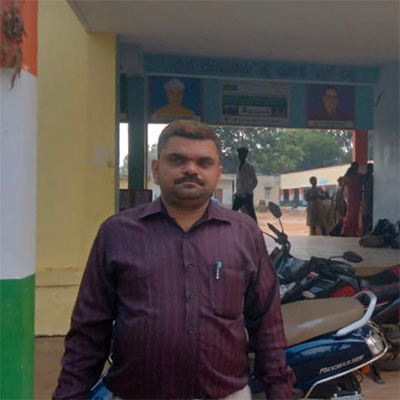
Behind the technology
Designing and building Shiksha copilot requires various technological innovations. Educational content is mainly multimodal, including text, images, tables, videos, charts, and interactive materials. Therefore, for developing engaging learning experiences, it is essential to build generative AI models which have unified multimodal capabilities. Also, these experiences are most impactful when delivered in native languages, which requires improving the multilingual capabilities of generative AI models.
Shiksha copilot includes a range of powerful features that address those challenges and enhance the educational experience. It’s grounded in specific curricula and learning objectives, to ensure that all generated content aligns with desired educational outcomes, according to Akshay Nambi (opens in new tab), principal researcher at Microsoft Research. “This grounding is enabled by ingesting relevant data with the help of state-of-the-art optical character recognition (OCR), computer vision (CV) and generative AI models. It was also important to use natural language and support voice-based interactions while including options for English and Kannada speakers,” Nambi said.
Shiksha copilot supports connectivity to both public and private resource content, enabling educators to tap into a vast array of materials and tailor them to their unique teaching requirements. Shiksha copilot can be accessed through different modalities, such as WhatsApp, Telegram, and web applications, enabling seamless integration with teachers’ current workflows.
To help create content more quickly and efficiently, the system leverages semantic caching with LLMs. Storing and reusing previously processed educational content reduces computational resources required to deliver a scalable, and affordable copilot experience. Throughout development, the project team followed established protocols regarding safety, reliability and trustworthiness.
“Extensive prompt designing, testing and rigorous responsible AI procedures, including content filtering and moderation, red team assessments and jailbreaking simulations, have been deployed to maximize safety and reliability. These measures are in place so that Shiksha copilot consistently produces factual and trustworthy content,” said Tanuja Ganu, principal research SDE manager at Microsoft Research.
Convincing the skeptics
Before the initial workshop, some teachers expressed skepticism about using AI for lesson planning. Students already have multiple digital learning tools. But for Mahalakshmi A, who teaches standard science in grades 4-8 at rural Government Higher Primary School, Basavana Halli, outside Bengaluru, the value for teachers was less clear. However, during a two-hour initial workshop session, Mahalakshmi found she could easily create multiple lesson plans using Shiksha copilot that would work well in her classroom.
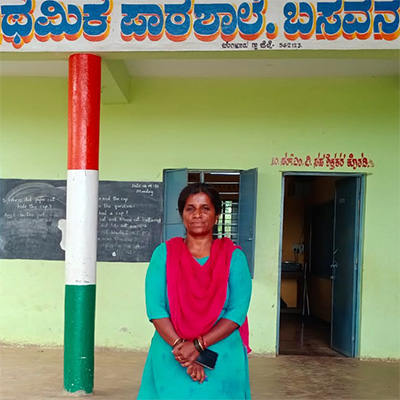
“I felt very happy because it’s a totally different concept. Before now, I could see that technology could work for the students. But this is the first time that it felt like the teachers also had a tool for themselves.”
Mahalakshmi A., Teacher, Government Higher Primary School, Basavana Halli
Mahalakshmi could also see how the content assembled using Shiksha copilot would make her class more interesting for her students, which is an important goal. “Instead of giving them the same problems, the same experiments, and the same videos, we make learning interesting. And then they learn what we call shashwatha kalike, or permanent learning. With Shiksha copilot, we can make that permanent learning happen in our classroom,” she added.
Next steps
The initial pilot program for Shiksha copilot is underway at more than 10 schools in and around Bengaluru. The goal is to let the teachers experience how Shiksha copilot can best be used in their daily workflows to improve learning experiences and collect feedback. The early response has been highly positive, with teachers expressing great satisfaction in both the quality of the content generated and the time savings. To build on this successful pilot, researchers are gearing up to scale Shiksha copilot in schools across the state of Karnataka and beyond, in collaboration with Sikshana Foundation.
This copilot is being developed as part of Project VeLLM (Universal Empowerment with Large Language Models) at Microsoft Research India. VeLLM’s goal is to make inclusive and accessible copilots available to everyone by building a platform for developing population-scale copilots. Inclusive copilots must address various real-world challenges, such as a multilingual user base, varied skillsets, limited devices and connectivity, domain-specific understanding, guardrails, and safety principles. Shiksha is the first copilot developed using the VeLLM platform. The VeLLM team is working with collaborators across diverse domains, such as agriculture and healthcare, to develop tailored domain-specific copilot experiences utilizing the platform and addressing associated research problems.
To learn more about the project or collaboration opportunities, email the team at shikshacopilot@microsoft.com
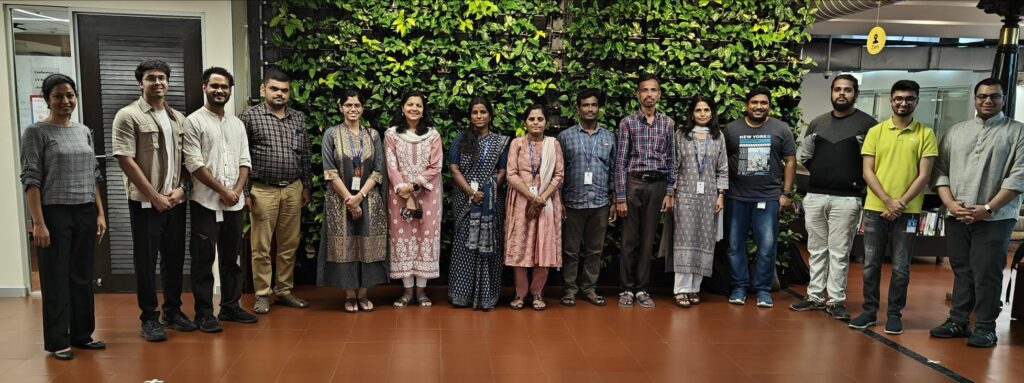
The post Teachers in India help Microsoft Research design AI tool for creating great classroom content appeared first on Microsoft Research.

